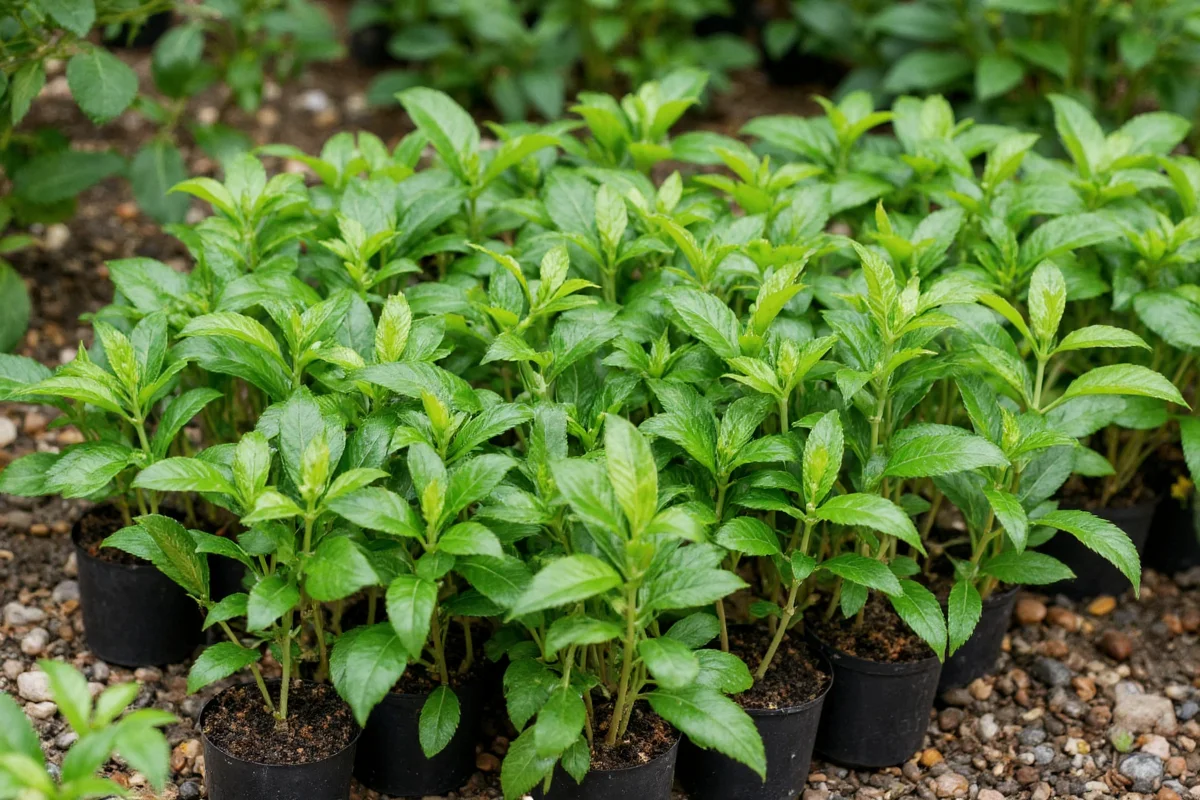Top dressing is a crucial aspect of succulent care that involves adding a layer of material on top of the soil. This practice not only enhances the aesthetic appeal of your succulent arrangement but also offers various practical benefits for plant health. In this article, we'll explore everything from the basics of top dressing to specific materials and application techniques, providing you with a comprehensive guide to optimizing your succulent garden for growth and vibrancy.
Understanding Top Dressing: What is It and Why Is It Important?
Top dressing for succulents refers to the application of a layer of material on the soil surface around your plants. This layer can consist of various natural or artificial materials and serves multiple purposes. Top dressing is not just for aesthetics; it plays a vital role in succulent health. Here's why it's important:- Moisture Retention: While succulents require well-draining soil, a thin layer of top dressing can help in retaining the right amount of moisture without waterlogging the roots.
- Weed Prevention: By covering the soil, top dressing inhibits weed growth, which can otherwise compete for nutrients with your succulents.
- Temperature Regulation: A layer of top dressing can act as insulation, protecting roots from extreme temperatures, keeping them cooler in summer and warmer in winter.
- Aesthetics: Top dressing offers a finished look to your plant arrangements, providing a visual distinction between the soil surface and the plants.
Choosing the Right Material for Top Dressing
Selecting the correct top dressing material is crucial for the health and aesthetics of your succulents. There are numerous options available, each with its unique benefits:- Gravel or Pebbles: These are popular choices as they come in various sizes and colors, providing a natural look while preventing soil erosion and improving drainage.
- Sand: Ideal for creating a desert aesthetic, sand allows water to pass through quickly but can be detrimental if used in large quantities.
- Bark or Wood Chips: These organic materials are not commonly used for succulents but can provide a natural mulch that breaks down over time, adding nutrients to the soil.
- Crushed Granite or Lava Rock: Excellent for maintaining an airy soil environment, these materials do not decompose and offer long-lasting coverage.
- Decorative Stones: For those looking to make a statement, decorative stones add color and texture to your succulent garden.
How to Apply Top Dressing for Best Results
Proper application of top dressing ensures maximum benefits for your succulents. Follow these steps to apply top dressing effectively:- Prepare the Surface: Start by weeding the soil thoroughly and watering the succulents. Ensuring the surface is clean and slightly moist aids in a better bond.
- Calculate Quantity: Measure the area to be covered to determine how much material you’ll need, aiming for a 1- to 2-inch thick layer.
- Apply Gently: Use a small scoop or your hands to place the material, spreading it evenly without covering the plant base or leaves as this could cause them to rot.
- Check Depth: Ensure even coverage by adjusting the thickness where needed. Too thick can smother soil, too thin may not provide benefits.
- Finalize Adjustment: Finish by gently pressing down the top layer to secure it in place without compacting the underlying soil.
Common Mistakes to Avoid When Top Dressing
Even with the best intentions, mistakes can occur when applying top dressing. Avoid these common errors for a healthy, attractive succulent arrangement:- Overusing Material: Excessively thick top dressing can suffocate your plants' roots by trapping too much moisture or restricting airflow.
- Incorrect Material Choice: Ensure you choose a material compatible with the succulents' needs and the aesthetic you're aiming for.
- Covering Foliage: Placing material on foliage leads to decay and infestation risk. Always apply around, not on top of, plant stems and leaves.
- Neglecting Soil Amendments: Don’t forego enriching soil with necessary nutrients before applying top dressing, as access becomes limited once covered.
Maintenance and Benefits of Regular Top Dressing
Maintenance of your top dressing is as essential as its initial application. Here are some ways to care for it and examine the benefits:- Regular Checks: Periodically check for signs of shifting, deterioration, or weed growth, adjusting or replacing material as necessary.
- Replenishment: Certain organic materials break down over time, requiring periodic replenishment to keep the protective layer effective.
- Aesthetic Refreshment: Occasionally change out the material for a fresh look that can rejuvenate the visual appeal of your garden.
- Benefits: Apart from the aesthetic uplift, regular attention to top dressing helps in maintaining soil health, temperature regulation, and dry surface discouraging pests and diseases.
In conclusion, mastering the art of top dressing can transform your succulent gardening experience from mere survival to thriving success. By carefully selecting the right materials and applying them properly, you not only boost the health of your plants but also enhance the beauty of your surroundings. Remember, the goal of top dressing is to complement both the practical and visual aspects of your succulent garden, providing it with the best environment to flourish.











 浙公网安备
33010002000092号
浙公网安备
33010002000092号 浙B2-20120091-4
浙B2-20120091-4